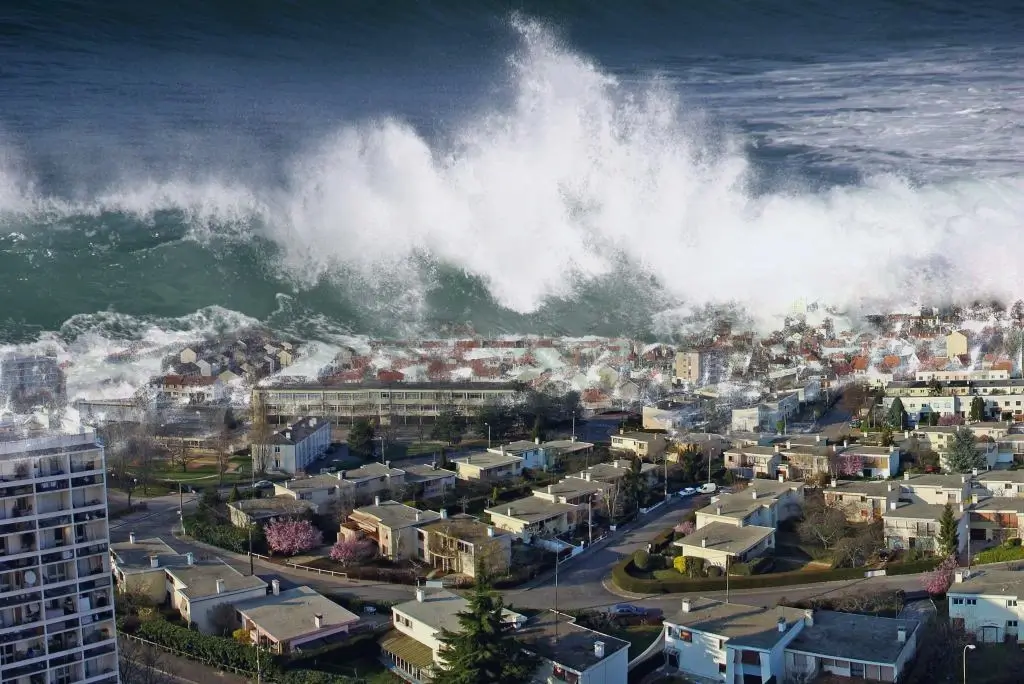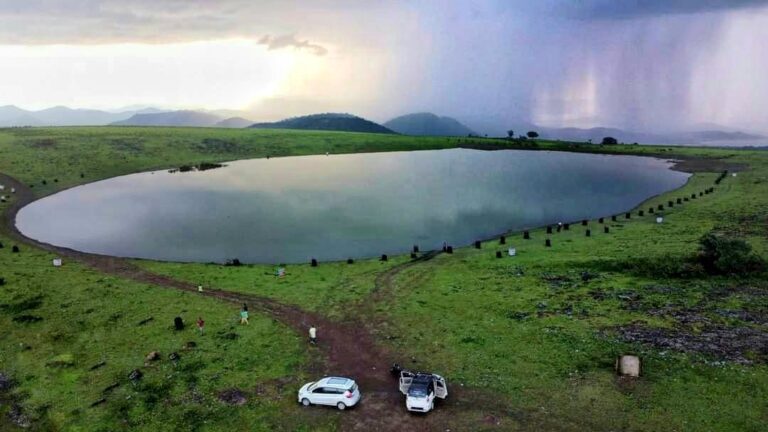The US Pacific Coast faces a looming threat from two catastrophic natural disasters—a Mega Tsunami & Earthquake Alert triggered by a volcanic collapse in the Canary Islands and a devastating 9.0+ magnitude earthquake along the Cascadia Subduction Zone. Scientists warn that these events, though rare, could cause unprecedented destruction.
The 1,000-Foot Tsunami Threat
A study highlights the risk of a massive landslide from La Palma’s Cumbre Vieja volcano in the Canary Islands. If its unstable slope collapses into the ocean, it could generate a tsunami with waves up to 1,000 feet (300 meters).

This colossal wave would race across the Atlantic, hitting the US East Coast, Caribbean, and Brazil within hours. While the probability is debated, past simulations confirm such an event could flatten coastal cities.
The Cascadia “Big One” – A Mega Earthquake & Tsunami
More imminent is the threat from the Cascadia Subduction Zone, a 700-mile fault stretching from California to Canada. Experts say this fault is overdue for a megaquake (last rupture in 1700). A magnitude 9.0+ earthquake could:
- Shake the region for 4-6 minutes, collapsing buildings and bridges.
- Trigger a tsunami with 100-foot (30-meter) waves, reaching shores in 15-30 minutes.
- Devastate cities like Seattle, Portland, and Vancouver, where infrastructure is unprepared.
Advertisement
Seattle’s Extreme Vulnerability
Seattle sits on multiple fault lines, including the Seattle Fault. A major quake could:
- Destroy older brick buildings.
- Cut off power, water, and transportation for weeks.
- Trigger deadly landslides due to loose, wet soil.
Are We Prepared?
While scientists monitor these threats, preparedness is critical. Governments urge:
- Earthquake-proofing buildings.
- Tsunami evacuation drills.
- Emergency supply kits for at least two weeks.
The question isn’t “if” but “when” these disasters will strike. The time to act is now.



